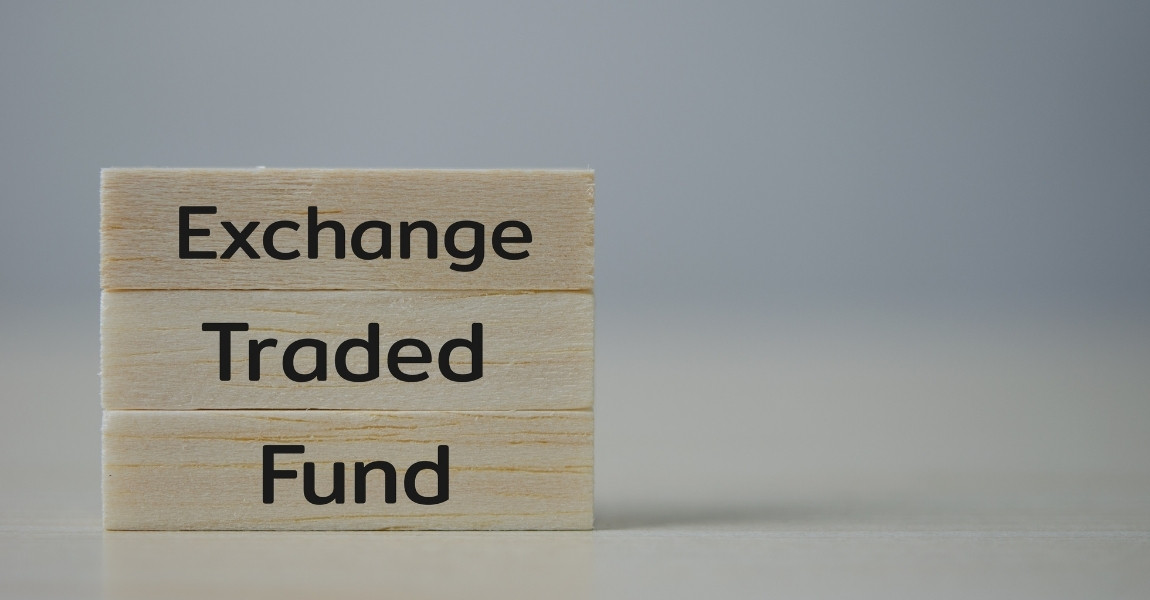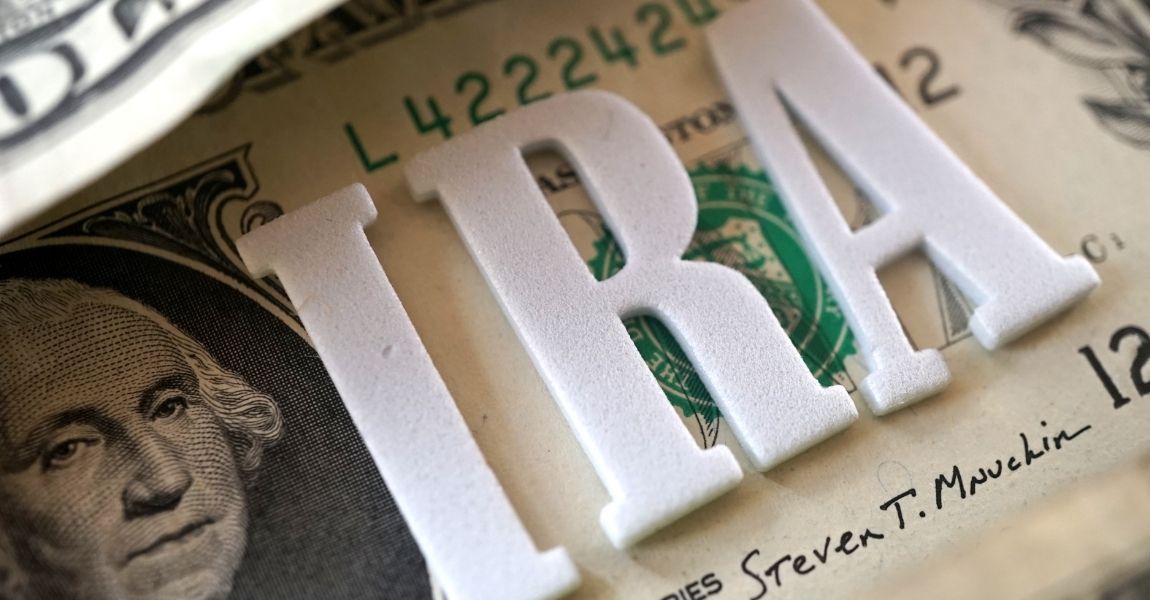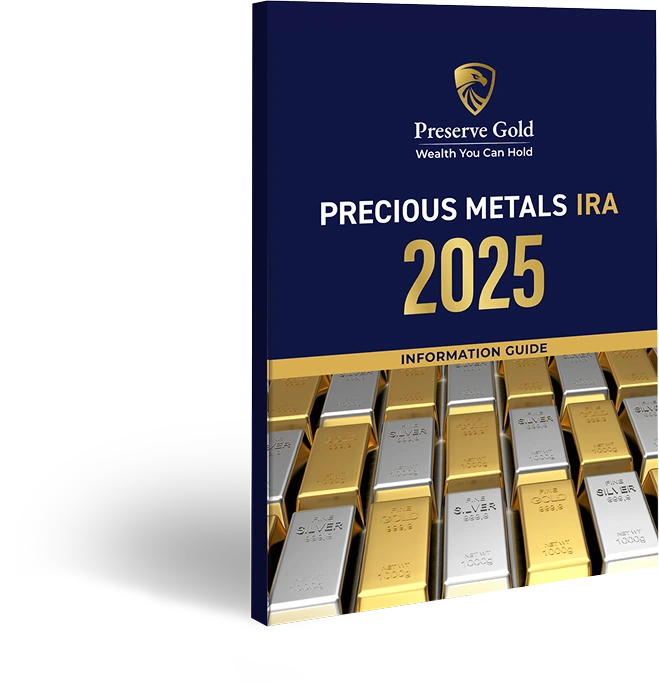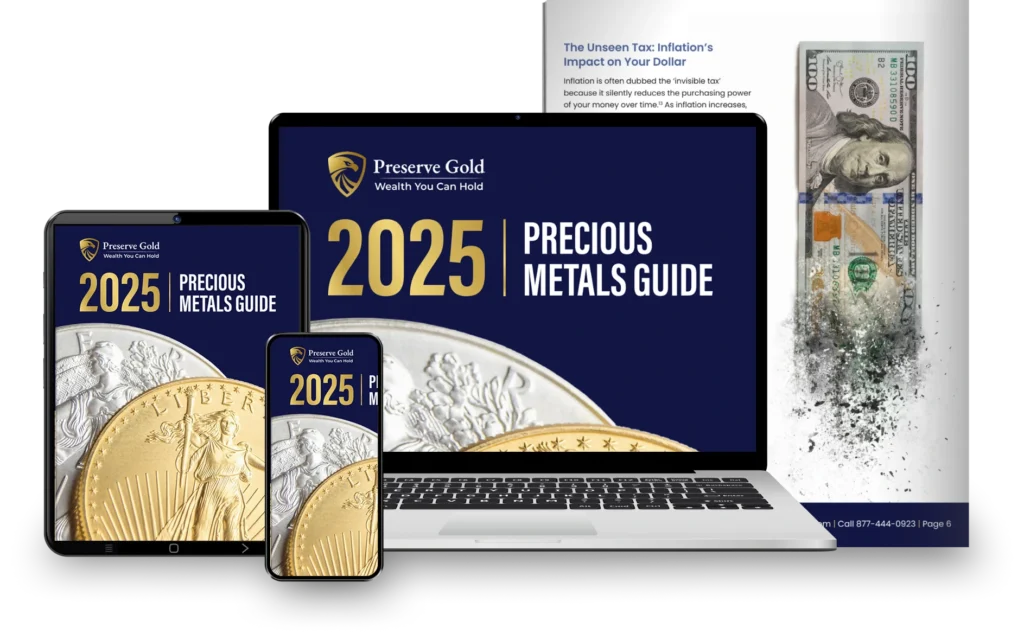Wondering what all the fuss is about gold? There’s plenty to love about the shiny stuff. This alluringly sparkling metal has traditionally held its value even when the economy looks dismal. That’s because, unlike paper money, gold has intrinsic value. On top of that, gold can offer some protection against inflation.
While this certainly sounds promising, what are the best ways to invest in gold? After consulting with a financial advisor, use the information in this guide to get started.
Gold Coins, Bars, and Jewelry
Most newcomers tend to jump into the investing game with physical gold bars and coins, and it’s easy to see why. There’s nothing quite like the thrill one gets from holding sparkling gold coins in their hands.
If you think physical gold is for you, you’ve got two options: bullion and jewelry. Bullion includes gold coins and bars. Both options may serve as a hedge against inflation for a wise long-term investment. One downside, though, is that you’ll need to think about secure storage.
Invested gold should be kept in a secure location rather than in your own home. By storing your gold items at home, you risk losing the valuables to a thief’s clutches, flooding, or a fire. It’s best to keep your gold elsewhere, like a safety deposit box at the bank or a dedicated gold depository.
Your second option is gold jewelry. If you’d like to invest in jewelry, you’re in good company. Wealthy individuals and nobility have coveted gold necklaces, rings, and bracelets for thousands of years. Historians have traced the first gold jewelry back to about 4,400 B.C.
The biggest drawback is that gold jewelry tends to have a high markup. Additionally, its resale value often doesn’t reflect gold content alone.
Promising Paper Gold Investments

If you have some experience in the stock market or are willing to learn, paper gold investments might be right for you.
Gold Exchange-Traded Funds (ETFs)
Think of an exchange-traded fund as a basket that holds a collection of investments. A gold ETF can be one of the best ways to invest in gold for beginners. That’s because the ETF chooses investments on your behalf.
Gold ETFs invest in both physical gold as well as companies producing the precious metal. If a gold-producing company does well, the value of your ETF may increase. If it mismanages operations, on the other hand, the value could go down.
Gold ETFs are appealing because you can buy and sell shares of them just as you would stocks. So, if you have some familiarity with the stock market, you’ll feel right at home with a gold ETF.
Gold Futures
Gold futures have serious potential but are more complicated than stocks and ETFs. Gold futures are essentially contracts that enable you to buy or sell gold for a certain price at a specific time in the future, hence the name. Futures are closely tied to the price of gold alone, compared to stocks and ETFs, the value of which can change due to several other factors.
Gold futures contracts serve as a good way for investors to hedge their positions to manage risks. They can take advantage of different opportunities regardless of the market’s condition.
It’s possible to take physical delivery of gold with futures; however, most traders either roll their contracts over into longer-dated contracts or settle in cash for the difference between the current value of gold and the price they paid.
Gold Mines
You may not be able to dive into a gold mine and dig up those sparkling nuggets yourself, but investing in a mining company is the next best thing. Doing so lets you share the mine’s profits should it stumble upon a substantial gold deposit.
There are two types of gold mining investments: majors and juniors. Majors are large, stable companies with a proven track record and ample cash reserves. If you’re risk-averse, you’ll like majors. It’s basically like betting on the favorite to win in horse racing.
Juniors, on the other hand, are quite the opposite. They’re smaller companies with less cash on hand and little track record. When investing in a junior mining company, one of three things can happen:
- The company fails, and investors lose their money. This is the most common occurrence.
- The junior company sees some success, prompting a major company to buy it. Should this happen, investors will see decent returns.
- The junior finds a large gold deposit, and investors enjoy huge returns. This is very rare, but if it happens, an investment could yield more in a couple of days than a major could in years.
Investing in Gold Through an Individual Retirement Account (IRA)

If you’re looking for the best ways to invest in gold, consider a self-directed gold IRA. Gold IRAs are similar to regular IRAs, except that they hold precious metals instead of things like stocks. Gold IRAs are appealing because they allow for portfolio diversification, and you could enjoy some tax advantages, too. For example, if you choose a Roth IRA, you pay taxes upfront, not when you start taking withdrawals. Selecting a traditional IRA allows your gold investment to grow on a tax-deferred basis over time.
One drawback is that gold IRAs won’t net you huge profits like gold futures and mining companies can. You’ll generally see slow, steady growth. However, if you’re worried about your retirement, such stable growth may be exactly what you want.
Additionally, the IRS won’t allow you to keep IRA-eligible gold at home. You must put your gold into a secure, IRS-approved depository under the care of an IRS-approved custodian. Depositories and custodians charge annual fees that can add up quickly.
Lastly, not all gold products are eligible for a precious metals IRA. Eligible products include coins such as the gold American Eagle and Canadian Maple Leaf. Gold coins must also be 99.5% pure, with the only exception being the American Eagle, which is 91.67% pure. Collectible coins are not eligible, regardless of purity.
How To Set Up a Gold IRA
If you’ve decided that a gold IRA makes sense for you, here’s how to set one up.
- Choose a gold IRA company to guide you through the setup process: This company will help you buy your gold and ship it to a secure storage facility.
- Open an IRA with a self-directed IRA custodian: Your gold IRA company will most likely recommend some custodians to you.
- Fund your new gold IRA: There are several ways to do this. The most common is to roll over funds from an existing traditional IRA or 401(k). To do that, contact your current account administrator and ask them to initiate the rollover. Another option is to withdraw the funds and transfer the money yourself. If you opt for the latter, you must complete the transfer within 60 days, or the IRS will fine you for an early withdrawal (unless you’re over age 59½.).
- Choose precious metals to add to your IRA: Your gold IRA company will tell you which metals are eligible.
- Select a depository with the help of your custodian, such as the Delaware Depositor: Ask your custodian about the depository’s fees and security before choosing it. Once you’ve purchased gold and chosen a depository, you’ll send your items directly there for safekeeping.
Looking for an IRA Partner? Preserve Gold Has You Covered
If you’re looking for the right partner to help you make sense of gold IRAs, reach out to Preserve Gold. We’ll walk you through setting up an IRA and help you choose eligible gold products that can diversify your portfolio.
When you work with us, you’ll get perks like these:
- Price assurance: We can meet or beat any competitor’s prices.
- 24-hour guarantee: Cancel gold purchases within 24 hours at no cost.
- Secure shipping: We track and insure all gold purchases free of charge.
- Generous buyback: Convert gold to cash with no extra fees.
- Excellent support: Our support team is always here to help.
What Should Beginners Know About Getting Started With Gold?

Investing in gold has the potential to net you a nice reward, but if you’re new to all this, tread carefully. Here’s what to do before diving into the deep end:
- Determine your goals: What do you want to achieve by investing in gold? Are you hoping to strike it rich, or are you happy with modest growth? If you’d mainly like to diversify your portfolio and gain a hedge against inflation, an IRA might work best for you. If you’re willing to take big risks for potentially large rewards, you could try a gold mining company.
- Know your risk tolerance: Some gold investments are much riskier than others. Mining companies and futures, for instance, can be very risky but earn you a generous payout. Gold IRAs probably won’t net you a fortune, but they tend to be more stable and safer.
- Understand your liquidity needs: How quickly do you want to be able to convert your gold to cash? Physical gold is easy to sell, but you’ll need to find a buyer, which can take some time. If you opt for a gold IRA, you can’t pull that money out without penalty until you reach retirement age.
- Understand the fees associated with investing in gold: In addition to the spot price, for instance, the dealer will likely charge a premium. And if you opt for an IRA, you’ll likely have to pay storage fees. The fee can be higher if you choose segregated storage (keeping your gold separate from other customers’ gold) over commingled storage (storing your gold in a community-style depository).
Starting Off on the Right Foot With Gold
When you’re just starting out with gold, experts recommend avoiding risky investments and sticking with safer bets, like gold ETFs and mutual funds. And always talk to a financial advisor before making any investments.
Now that you’ve learned the best ways to invest in gold, Preserve Gold is ready to help you meet your goals. Call us at (877) 444-0923 to purchase gold or learn more about market trends.







